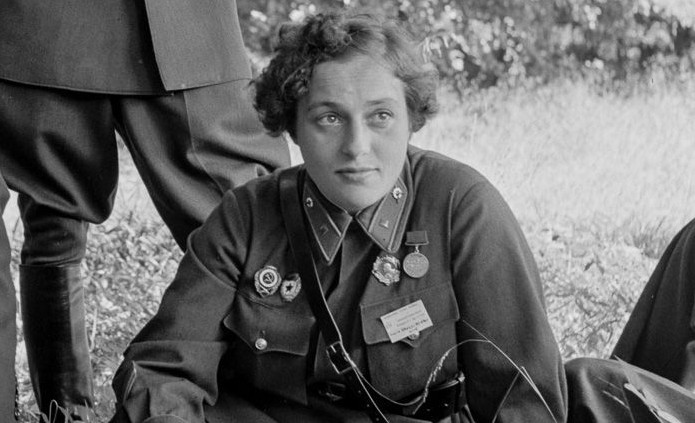In 1941, the world was in flames. Nazi Germany was pushing deep into Soviet territory during Operation Barbarossa, and a 24-year-old Ukrainian woman named Lyudmila Pavlichenko made a life-altering decision. She was not a soldier by training. In fact, she was a student and part-time librarian, studying history at Kyiv University. But when war broke out, Lyudmila volunteered to defend her homeland not behind a desk or in a factory, but on the front lines.
Armed with a Mosin-Nagant rifle and unmatched resolve, she joined the Red Army’s 25th Rifle Division. It was a bold move in an era when women were rarely seen on the battlefield, let alone in the sniper’s nest. Yet, Pavlichenko would go on to carve her name into military history.
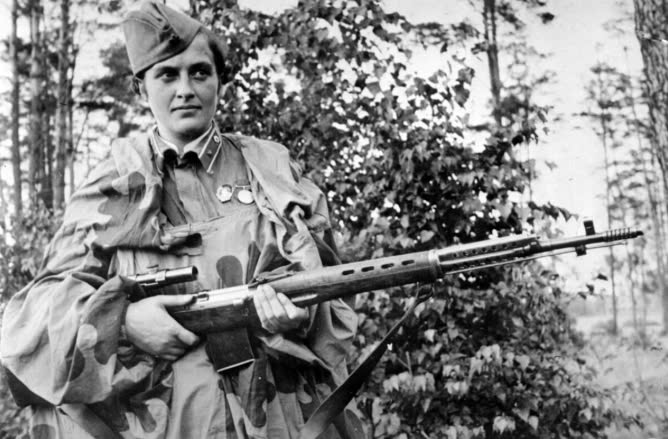
309 Confirmed Kills: A Sniper’s Legacy
Lyudmila Pavlichenko’s sniper skills were not only effective they were legendary. Over the course of a single year, she racked up an astonishing 309 confirmed kills. This figure made her the most successful female sniper in recorded history. Among her targets were 36 enemy snipers, taken out in nerve-wracking duels that sometimes lasted for days.
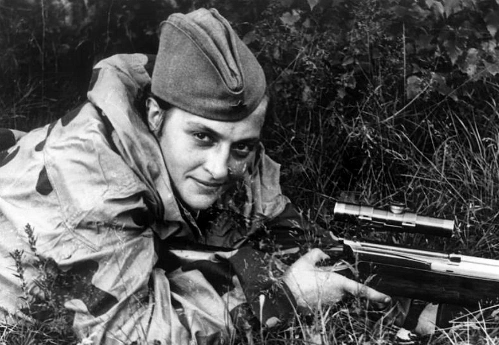
The German Army came to fear her deeply. They even attempted to sway her with radio messages offering bribes: luxury, rank, even safety if only she would defect. Pavlichenko never responded. Her mission was clear, and she remained loyal to the Soviet Union through the bloodiest battles.
Video:
Lyudmila Pavlichenko speech in New York City
Wounded but Not Silenced
In June 1942, Pavlichenko’s frontline service came to an end when she was wounded by a mortar shell. Unlike many of her fellow snipers only 500 of the 2,000 Soviet female snipers survived the war she lived, though her days in combat were over. But her service to her country didn’t stop.
Instead, she became an ambassador of sorts. The Soviet Union sent her to the United States to bolster support for the Allied cause. She toured the country and even made history as the first Soviet soldier man or woman to visit the White House.
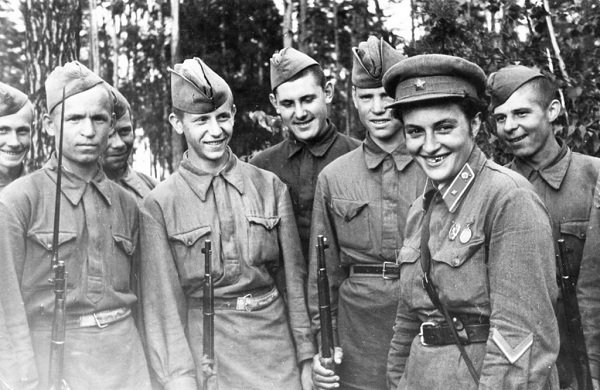
Meeting Eleanor Roosevelt: A Voice for Women in War
One of the most memorable moments of Pavlichenko’s American tour was her meeting with First Lady Eleanor Roosevelt. Touched by the young soldier’s story, Roosevelt personally invited her to speak to audiences about the role of women in war. Pavlichenko addressed large crowds in cities like New York, Chicago, and Washington, urging Americans to open a second front in Europe and stand firm against the Nazi threat.
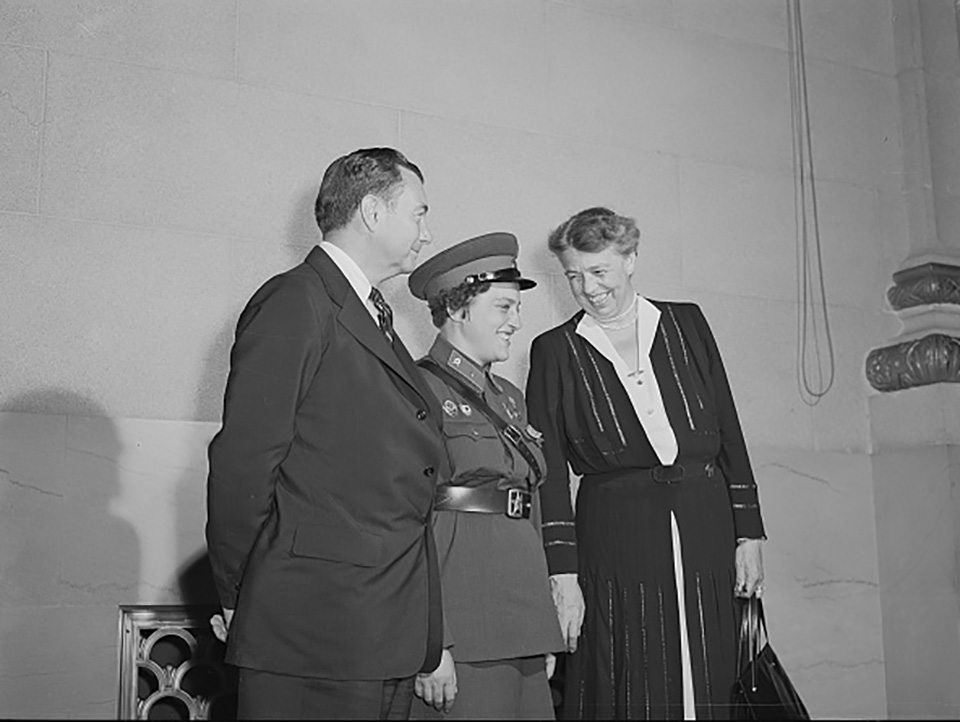
Her calm but powerful presence shattered stereotypes. At a time when women were often sidelined in discussions of war and strategy, Lyudmila’s story brought visibility and respect to the thousands of women serving in active combat roles across the Soviet Union.
After the War: A Historian’s Quiet Life
Once the war ended, Lyudmila Pavlichenko returned to her studies and completed her degree in history. She worked as a researcher and military historian for the rest of her life, contributing to Soviet education and preserving the memory of wartime heroism.
Video:
Lyudmila Pavlichenko – The Extraordinary Sniper
She stayed largely out of the spotlight in her later years but remained a symbol of courage and resistance to generations of young people. Her quiet dedication to education mirrored her deadly focus on the battlefield: steady, precise, and always purposeful.
A Lasting Legacy
Lyudmila Pavlichenko passed away in 1974, but her legacy is far from forgotten. Her story has been retold in books, documentaries, and even a feature film. Her sniper rifle, still bearing the marks of combat, is displayed in a museum. And her name lives on in military academies and sniper training programs around the world.
She was more than just a soldier. She was a symbol of resilience, a champion for women in combat, and a reminder of the human stories hidden within the numbers of war. At just 24 years old, she picked up a rifle to defend her country and changed history in the process.
